Case Study
Urban Farm
Community and neighborhood development projects have gained significant importance in urban areas to foster sustainable living environments. Green infrastructure, which includes the integration of green spaces and edible food crops, has emerged as a crucial element in these projects. Our projects aim to promote food sovereignty by empowering communities to take charge of their food systems, fostering resilience against climate-induced threats. Our local food movements respect regional practices and give local populations the tools they need to participate actively in sustainable agriculture and environmental conservation. It also attempts to maintain community participation, advance environmental stewardship and improve food security at grassroots level.

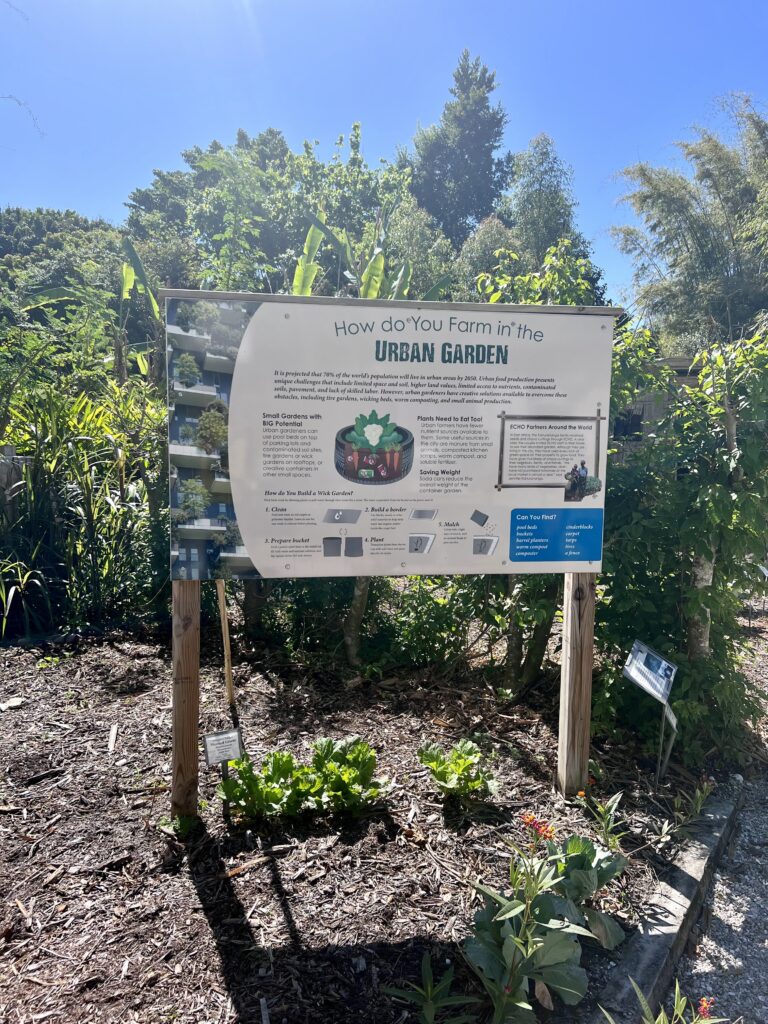
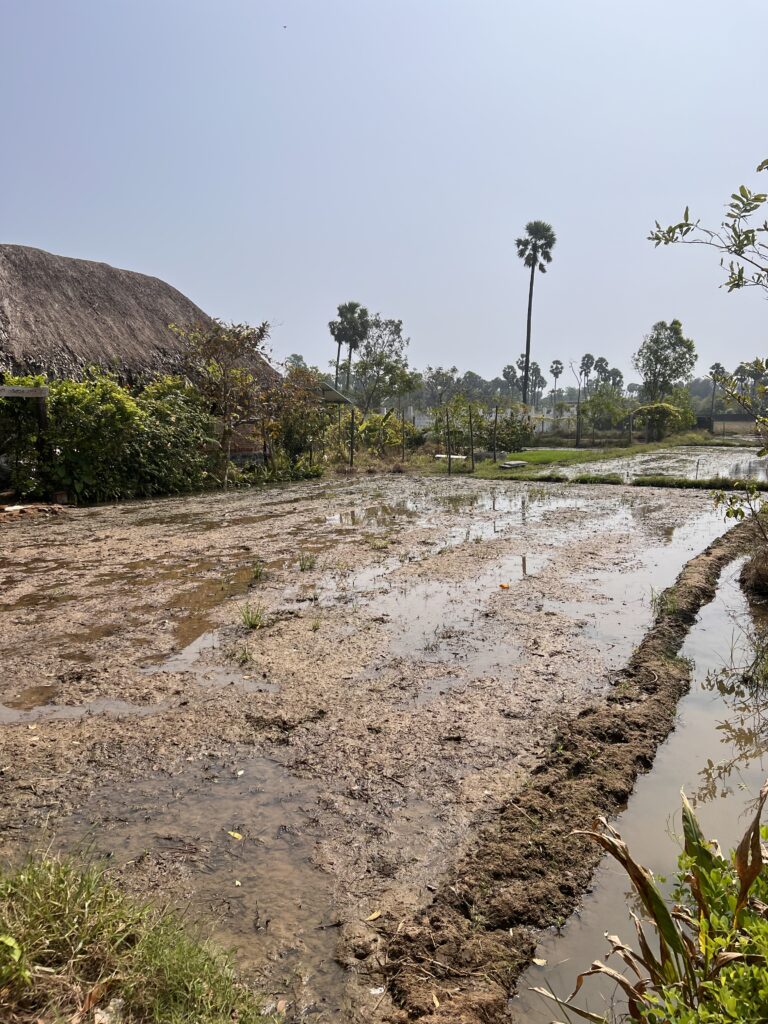
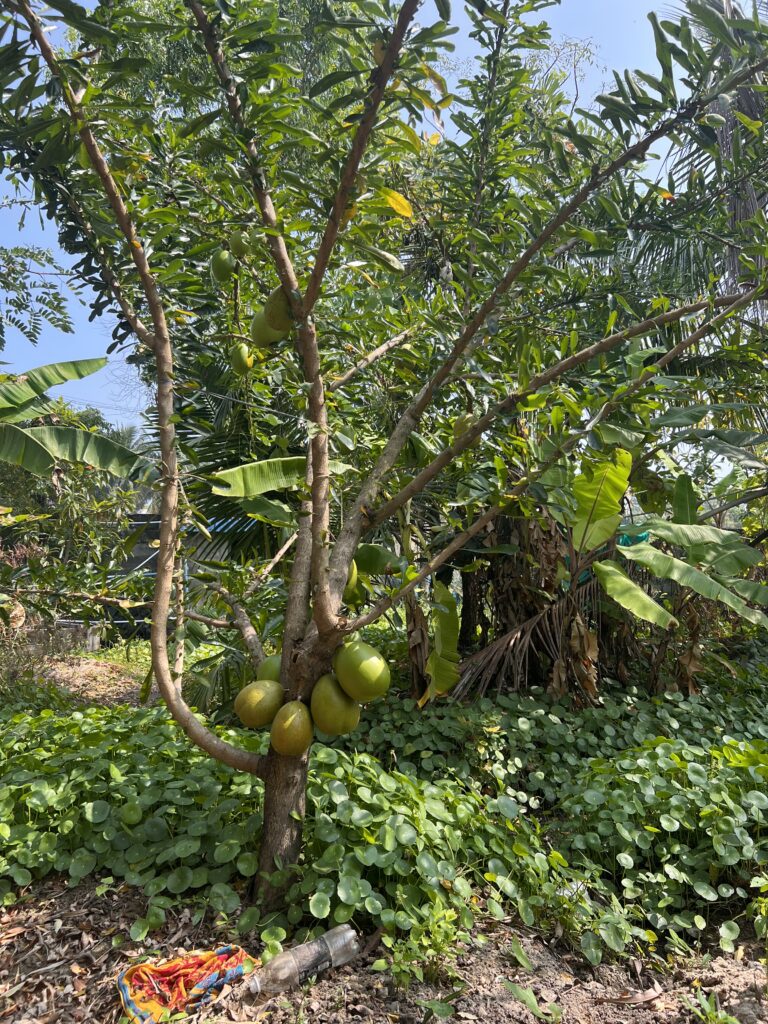
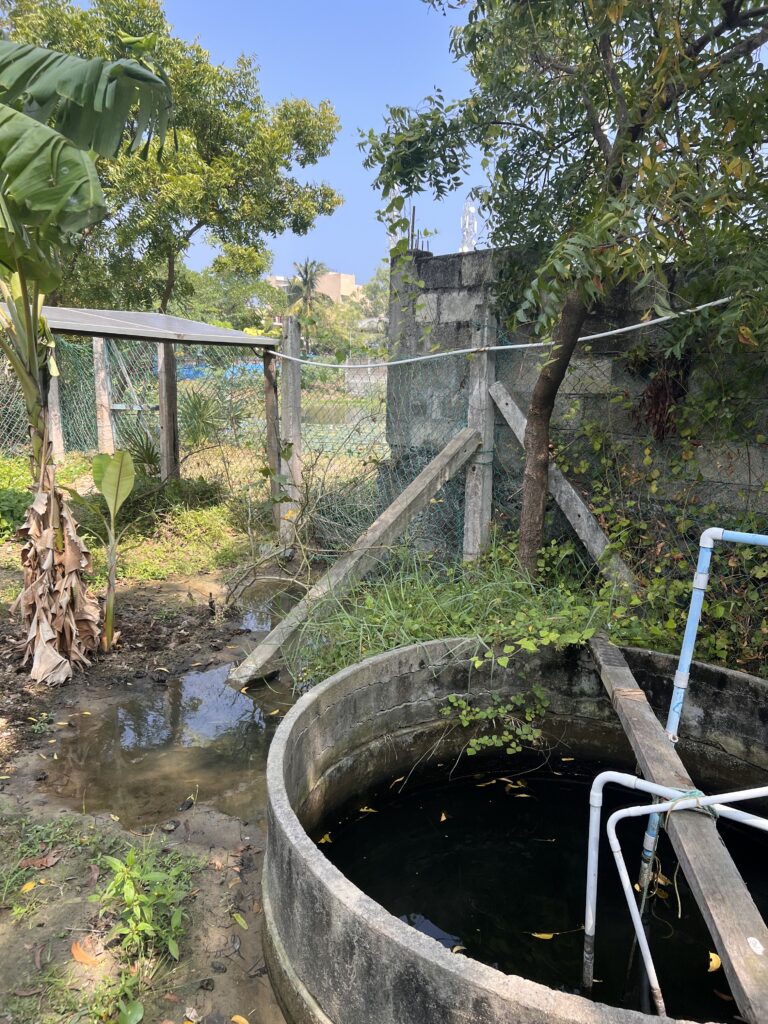

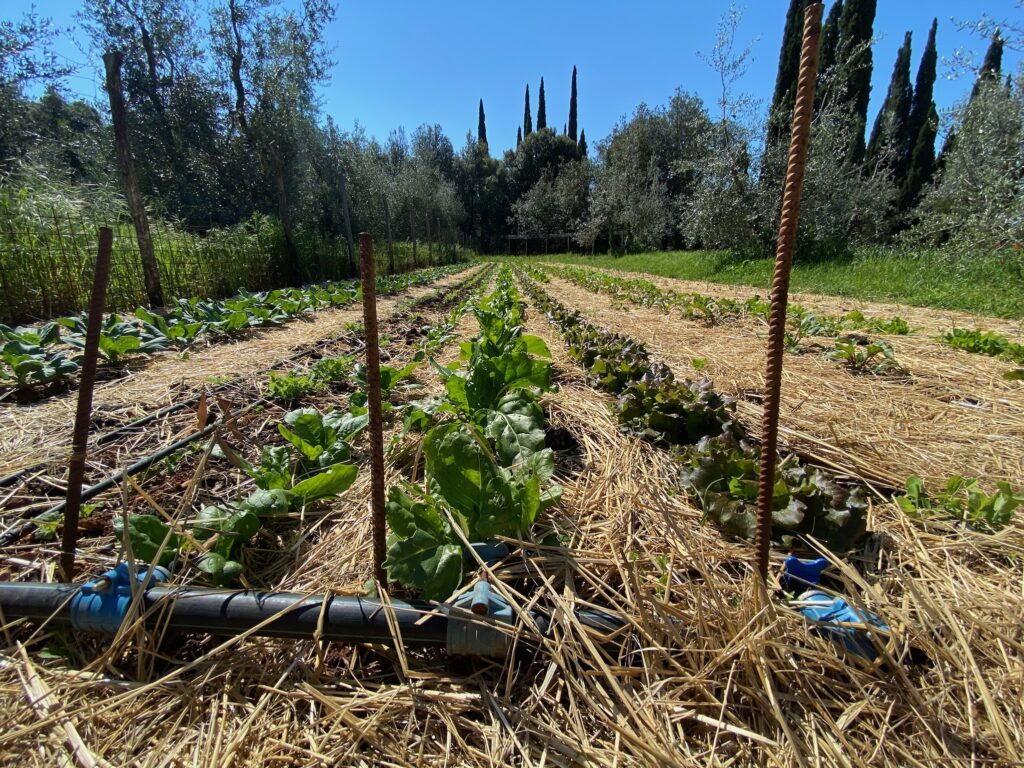
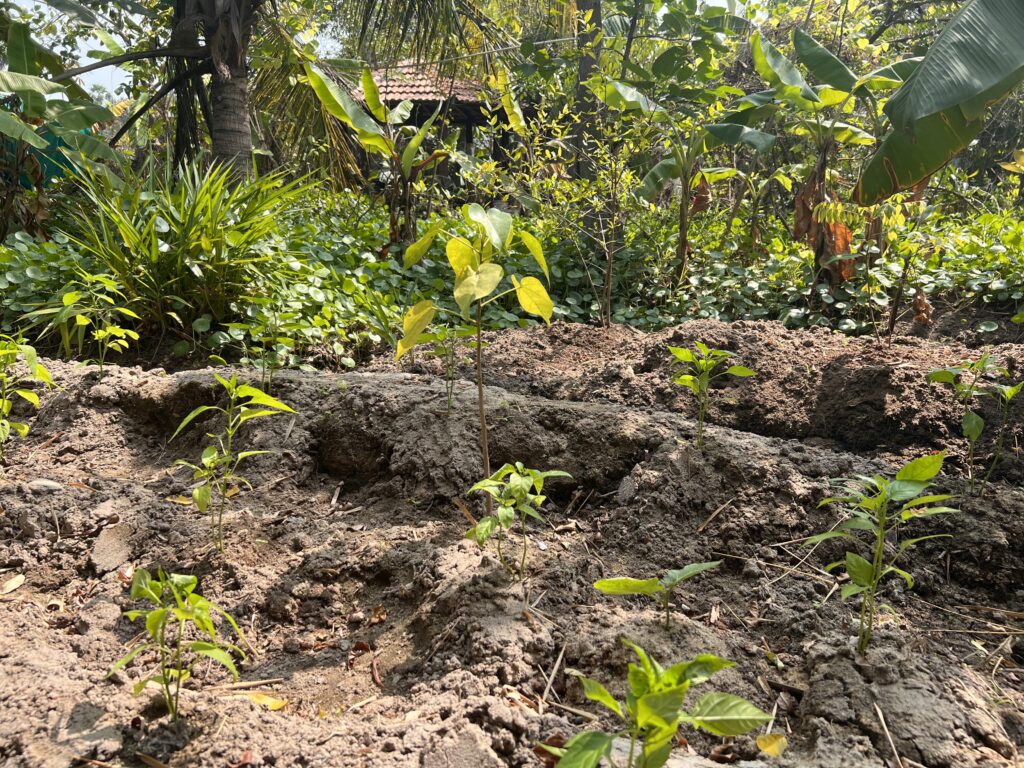
-
- Project Overview
-
-
- Enhance the overall livability of the community through the creation of green spaces.
- Improve access to fresh and nutritious food by incorporating edible food crops.
- Foster community engagement and participation in the development and maintenance of green infrastructure.
- Promote environmental sustainability by reducing urban heat island effects and enhancing biodiversity.
-
- Urban Agriculture can be implemented in a densely populated urban neighborhood and sub urban regions characterized by limited green spaces and inadequate access to fresh food. Usually the participating institutions are city offices, local food banks, nonprofits working on food sovereignty and neighborhood communities. These models create thriving community spaces to collaborate, improves access to clean food and ensures building positive food transformations.

- Edible Food Garden
We initiated an edible backyard garden in one of the cities in Michigan to improve the participation of the local community in supporting the food banks in the city. The project team collaborated closely with community members, local authorities, and relevant organizations to understand their needs, preferences, and limitations. Regular community meetings, workshops, and surveys were conducted to gather valuable insights and foster a sense of ownership among the residents.
- Free native vegetable seeds were provided to the residents and ensured they are connected to us through constant engagement during the growing season. Whatever vegetables were produced was harvested for their personal consumption and excess was donated to the local food bank. This pilot project provided a great opportunity for us to showcase how every city can work towards supporting urban agriculture models. If scaled up, residents can have increased access to fresh and nutritious food. The availability of locally grown produce not only reduced their dependence on distant food sources but also promoted healthier dietary choices. And by sharing surplus crops to the community, it fosters a sense of solidarity and reduces food waste.
- The successful implementation of the green infrastructure project in the community and neighborhood development initiative has showcased the transformative power of green spaces and edible food crops. By prioritizing the integration of nature into urban areas, the project enhanced both the aesthetic value and food security of the community while fostering a stronger sense of belonging and environmental sustainability. Such initiatives serve as inspiring examples for future urban development projects seeking to create vibrant, livable, and resilient communities.
